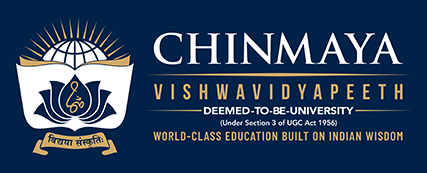Praudha Rachananuvada Kaumudi: Navenatama Vaignanika Paddhati Se Lekhi Gaye Sanskrit-Vyakaran, Anuvad Aur Nibandh Ke Pustak Sanskrit
Material type: TextPublication details: Varanasi Vishwavidyalaya Prakashan 2015Edition: 1 st edDescription: 440ISBN:
TextPublication details: Varanasi Vishwavidyalaya Prakashan 2015Edition: 1 st edDescription: 440ISBN: - 9789351461081
- 491.25 K1411 104238
| Item type | Current library | Call number | Status | Barcode | |
|---|---|---|---|---|---|
 Books
Books
|
Ubhayabharati | 491.25 K1411 P 104238 (Browse shelf(Opens below)) | Available | 104238 | |
 Books
Books
|
Ubhayabharati | 491.25 K1411 P 104238 (Browse shelf(Opens below)) | Available | 104239 | |
 Books
Books
|
Ubhayabharati | 491.25 K1411 P 104238 (Browse shelf(Opens below)) | Available | 104240 |
Sanskrit has ten classes of verbs divided into two broad groups: athematic and thematic. The thematic verbs are so called because an a, called the theme vowel, is inserted between the stem and the ending. This serves to make the thematic verbs generally more regular. Exponents used in verb conjugation include prefixes, suffixes, infixes, and reduplication. Every root has (not necessarily all distinct) zero, guṇa, and vṛddhi grades. If V is the vowel of the zero grade, the guṇa-grade vowel is traditionally thought of as a + V, and the vṛddhi-grade vowel as ā + V.
Dhaturupa samgraha, Adadigana, Swadigana.
There are no comments on this title.



